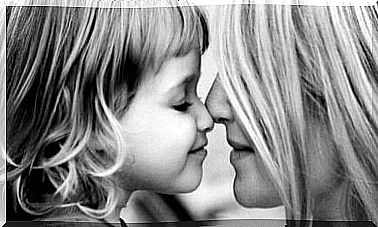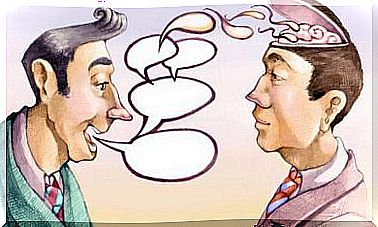Fritz Perls, A Curious Character In The History Of Psychology
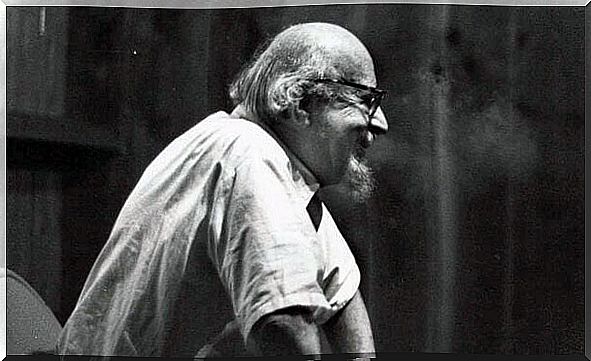
Friedrich Salomon Perls, better known as Fritz Perls,
He was born in a Jewish ghetto in Berlin on July 8, 1893. He had two older sisters, Else and Grete. Her father, Nathan, was a wine merchant and was often away from home. His mother, Amalia, who came from a family belonging to the lower middle class, instilled in him a love of art, a love that will accompany Perls throughout his life.
In an interview, Grete described her brother’s childhood as “wild”. He was a difficult child, although studious. He studied at the Mommsen-Gymnasium high school in Berlin, a relatively severe educational center, where it could be felt everywhere. Perls was expelled from it at the age of 13. As punishment, his father forced him to work as an apprentice in a store.
The relationship Perls had with his father has always been one of conflict. In his diary, he describes his progenitor as a hypocritical and ambivalent man, who hated his mother and cheated on her with other women. His father’s rejection was such that Perls refused to attend his funeral.
Fritz Perls and his encounter with philosophy and psychoanalysis
On his own initiative, Fritz Perls resumed his studies at a humanist school, the Askaniches Gymnasium . It was at this time that he met Max Reinhardt, theater director, who cultivated his passion for this art, a passion that will last until his death.
He later began studying medicine. Shortly after World War I broke out and Perls enlisted as a Red Cross volunteer. This experience marked him deeply, although he did not mention it until many years later in his biography entitled .
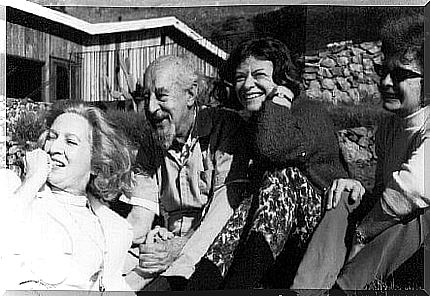
In 1920 Fritz Perls received his medical degree from the Frederick Wilhelm University in Berlin. He later specialized in Neuropsychiatry. He later met the philosopher Friedlander, whose influence will be decisive in his work. In 1923, he decided to travel to New York, but returned frustrated because he was not allowed to validate his diploma as he did not speak English. His discomfort prompted him to start a psychoanalysis with Karen Horney. This experience changed his life.
Perls was fascinated by psychoanalysis and set himself the goal of becoming a psychoanalyst. He however had to move to a psychiatrist named Kurt Goldstein, who was working on. It was there that he met Laura Possner, a student whom he married two years later when his family as well as his psychoanalyst at the time, Clara Happel, disagreed with this relationship. Perls was then 36 and Laura 24.
He began to practice a year later as an analyst in Vienna, and in 1928 became a full-time therapist in Berlin. Between this time and 1930, Perls made a
The birth of Gestalt Therapy
With the seizure of power by Hitler, Fritz Perls fled to Holland, but he could not obtain a work permit. After suffering great hardship with his wife and newly born daughter, He found a post as a didactic psychoanalyst in (South Africa) with the help of. They founded, with his wife Laura, the South African Institute of Psychoanalysis. He was invited in 1936 to a congress in Prague where the theories he presented caused a great stir. This event saddened him and marked the moment of his break with traditional psychoanalysis.
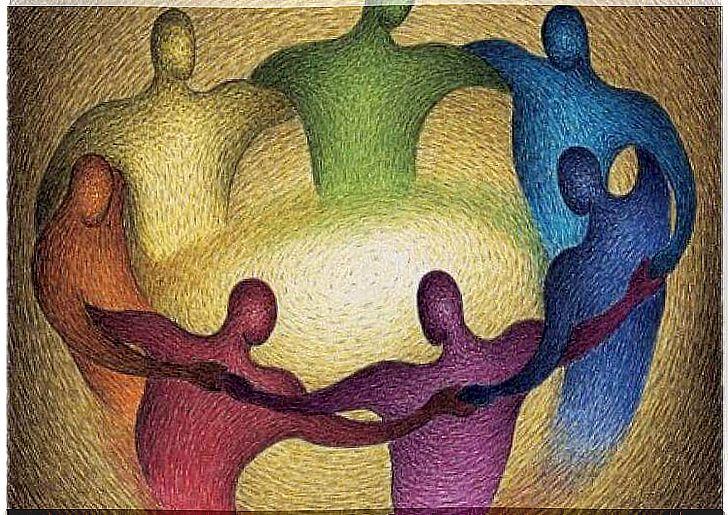
With the help of his wife, Perls began to shape his own postulates. He moved to New York in 1942 and published his first book The Me, Hunger and Aggression. A review of Freud’s theory and method . Four years later he formed “The Group of Seven”, along with other intellectuals. It was in 1951 that appeared what many consider the Bible of the new approach: Gestalt Therapy: exaltation and growth of the human personality.
This new work was born thanks to the contributions of the poet Paul Goodman, who transposed some of its pages in literary form. This is a complex text bringing together the theses of the Psychology of Gerstalt, de. Following a trip to Japan that he made later, Perls will add some postulates from Buddhism.
The theoretical fate of Gestalt Therapy is contradictory. In 1956, Perls parted ways with Laura and each oriented the thesis in a different way. While Laura and Paul Goodman remained completely faithful to the original principles, Perls turned away from this point of view and incorporated some principles of Zen as well as some
The postulates of Gestalt Theory
In a very synthetic and simplified way, we could say that Gestalt Theory is a current

- The emphasis is on the “here and now”. For Gestalt therapy, human beings do not perceive the past, present and future as separate realities. On the contrary, the three instants form a single unit which only the present has at its disposal. Both the past and the future are projections of this present. Therefore, it is a question here of working on the “here and now” in order to find out how to resolve difficulties and achieve greater personal fulfillment.
- Awareness. To raise your level of well-being it is necessary to carefully observe yourself. This is the basis for conceiving new ways of formulating the experience that is lived “here and now”.
- Take responsibility. The process of awareness must lead to a stage where it will be possible to take responsibility for the consequences of our actions. If we accept our mistakes and make assumptions about the risks that our way of acting can generate, then we become empowered. This is how we can give our existence a purpose, with more freedom and meaning.
Finally, Fritz Perls’ Gestalt Therapy offers a process of intervention on the individual, so that the latter manages to reformulate his representations of reality, to organize his life in a more autonomous way and to focus on his own capacities. This orientation was implemented both in the clinical and social fields and in the world of work.
Bibliography:
Biography of Fritz Perls. (2017). Fritzgestalt.com.
Biography of Friedrich Salomon Perls. (2017). Psicomundo.org.
Chicón, M. (2017). Fritz Perls: Biography and Main Theories – Lifeder. Lifeder.
Sarrió, C. (2017). Fritz Perls: Beginning of Gestalt Therapy – Part 1 . Gestalt Therapy Valencia Clotilde Sarrió.




